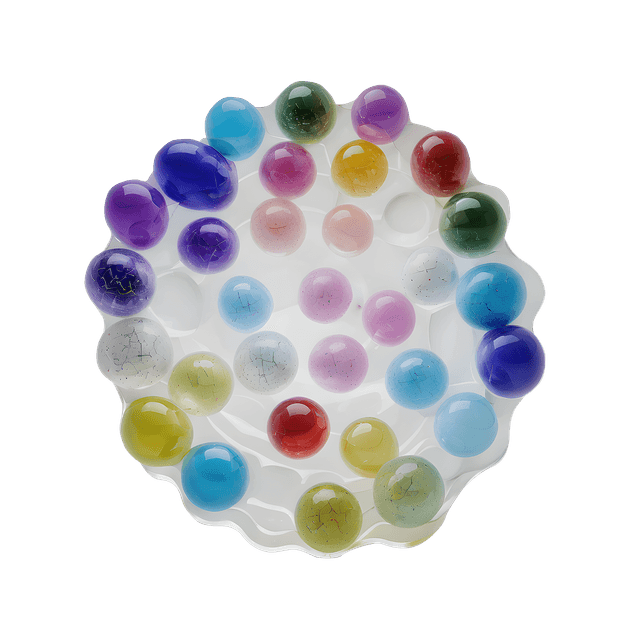Quick version
Blood tests that reveal the condition of the liver
When checking liver function, blood tests are usually used to analyze a range of enzymes and substances that are formed in or pass through the liver. By analyzing them, you can see if there are signs of inflammation, fat accumulation, cholestasis or other effects.
- ALAT – an enzyme that is almost exclusively found in the liver and is often the first to rise in cases of damage or inflammation.
- ASAT – also occurs in the heart and muscles, but together with ALT it clearly shows whether the liver is actively affected.
- ALP – can increase in cases of cholestasis and indicate that the flow of bile is blocked.
- GT – often rises in cases of alcohol or drug stress.
- Bilirubin – a breakdown product that, at high levels, can cause jaundice and indicate that the liver or bile ducts are not functioning as they should should.
Together, these values paint a detailed picture of the liver's health - from the cellular level to its detoxification capacity.
Liver tests as part of modern health checks
In healthcare, liver tests are used both for symptoms and as part of preventive checks. They can reveal everything from fatty liver and hepatitis to alcohol abuse or drug side effects.
More and more people are also choosing to test their liver on their own initiative, not because they are feeling unwell, but to gain insight into the body's internal balance. Liver values often serve as an early warning signal - a way to see changes before they develop into disease.
When liver values rise
Elevated liver values do not always mean that something is seriously wrong. Sometimes they are due to a temporary reaction, for example after an infection, heavy physical exertion or alcohol consumption. But if the values remain high over time, they should be taken seriously.
- Fatty liver, both non-alcoholic and alcoholic
- Alcoholic effects
- Cholestasis
- Hepatitis (viral or autoimmune)
- Drug or supplement reactions
The important thing is that the results are followed up and interpreted in context.
The impact of lifestyle on the liver
Several common lifestyle factors can put a strain on the liver over time. Being overweight, abdominal obesity and being sedentary increase the risk of non-alcoholic fatty liver. High blood fats, blood pressure and insulin resistance often contribute to the same pattern.
Alcohol is another common cause of the impact. Regular intake can gradually damage liver cells and impair the organ's ability to cleanse the body. Certain medications and supplements also require extra attention because they are metabolized in the liver.
The impact of alcohol on the liver
The liver breaks down alcohol, but can only handle a certain amount at a time. With prolonged or frequent consumption, fat begins to accumulate in the liver cells – a first step towards inflammation and, in the worst case, cirrhosis. Even moderate amounts can have an impact, especially in combination with obesity or certain medications. A simple blood test can therefore provide an early picture of how alcohol is affecting your liver, before symptoms have had time to appear.
A liver test that can make a difference
Fatigue, nausea or yellowish skin can be signs that the liver is affected – but many people have no symptoms at all. A liver test is therefore an easy way to detect changes in time and take control of their health. At the test clinic, you can check your liver status by ordering a referral for blood tests that are analyzed in a laboratory and supplemented with a medical assessment that explains what your values mean.

























